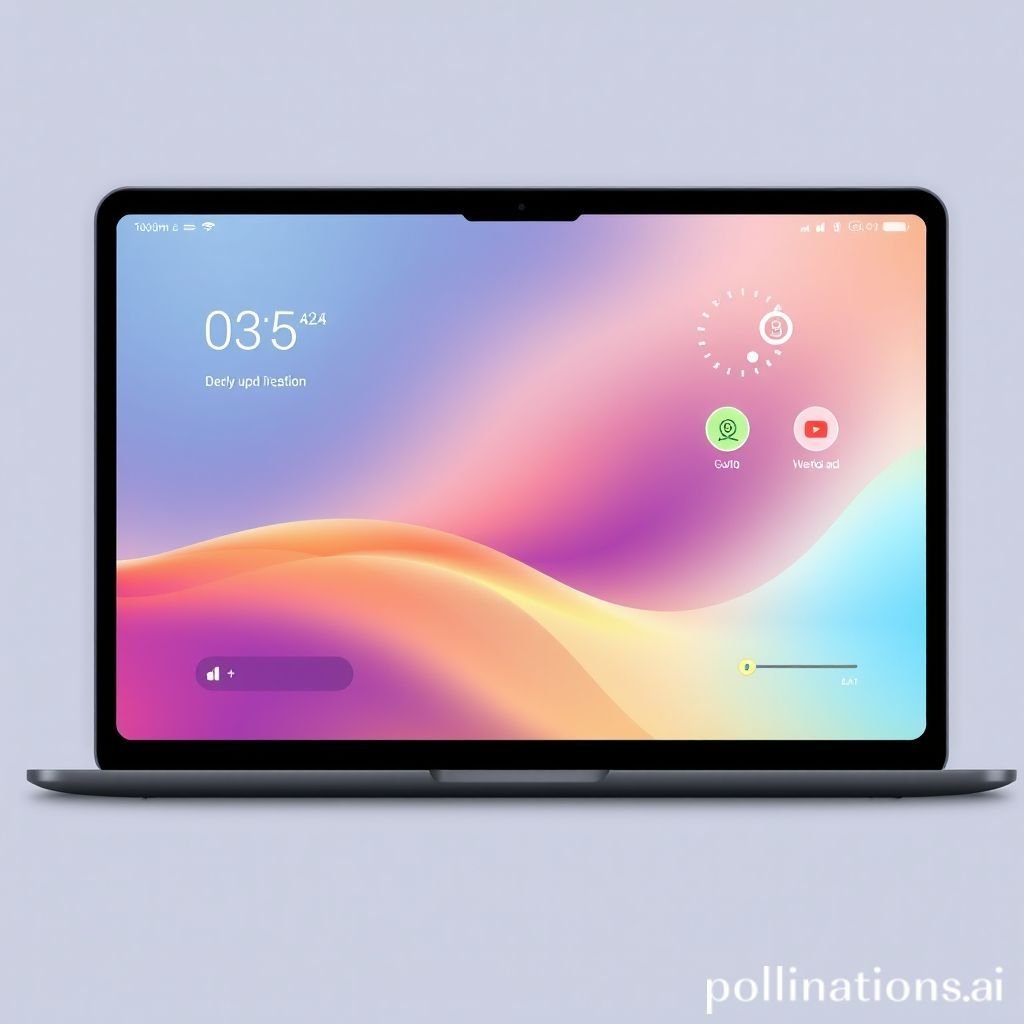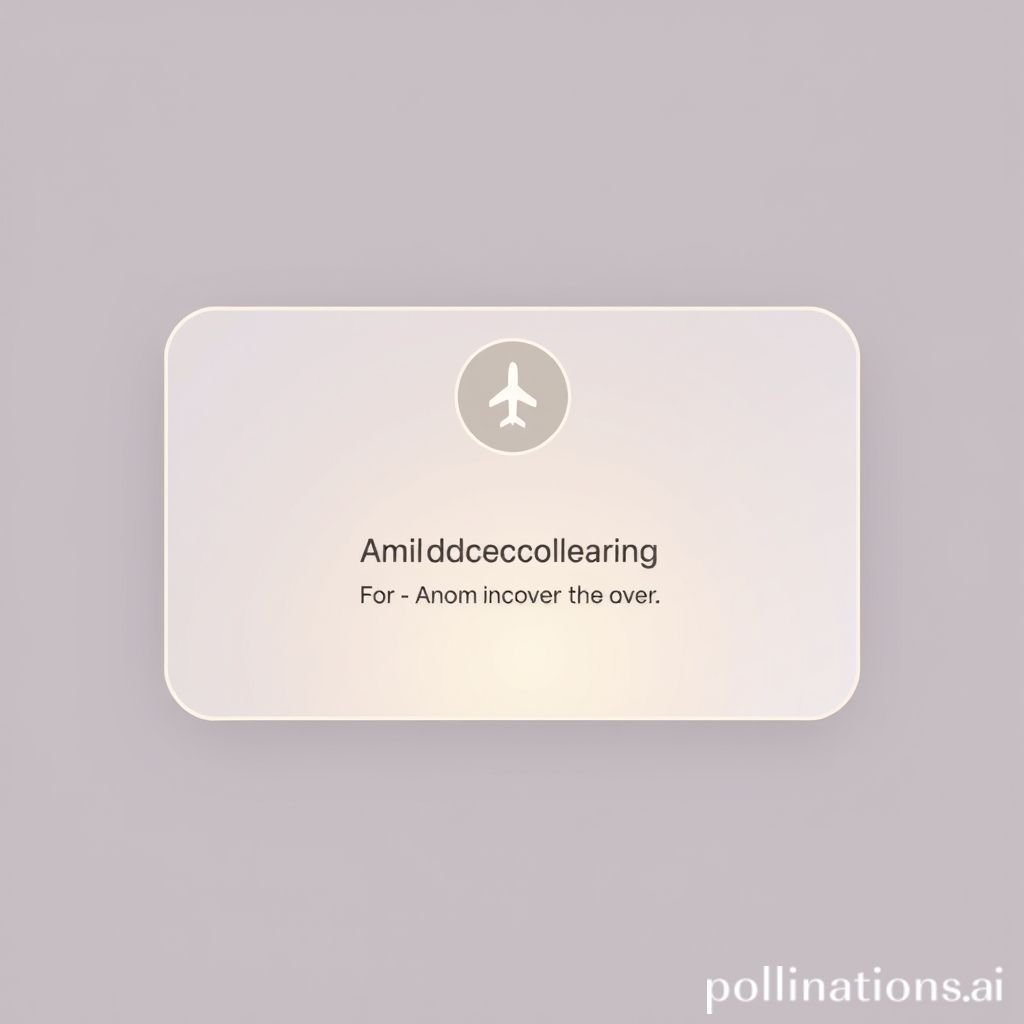Smooth Slide Transition Whoosh: Enhancing UI Experience
Master the subtle art of UI transitions with the perfect whoosh. Create seamless slide experiences and improve user engagement with this essential audio effect.
The satisfying sound of a whoosh often signals smooth movement. It’s more than just an audio effect. A well-placed whoosh can significantly enhance user experience. It provides crucial auditory feedback. This subtle sound guides users through digital interfaces. It adds a layer of polish to any design. A gentle whoosh makes interactions feel natural and intuitive. This article explores the power of the whoosh in UI design.
Applications in Media
The whoosh sound is incredibly versatile. It’s not limited to just website UI elements. This dynamic audio effect finds its way into various media. From film to video games, its presence is felt. A simple whoosh can convey speed, depth, or passage of time. It instantly adds a professional touch.
Industry-Specific Uses
In film and television, a whoosh often accompanies scene transitions. It can signify a quick camera pan. Or it might mark a character's sudden movement. Video games heavily rely on this seamless sound. UI elements often feature a brief whoosh. Menu navigation feels more responsive with an audio effect. A character might dash across the screen with a subtle whoosh. This reinforces the action. It makes the game world feel more alive. Educational apps use a whoosh for page turns. This creates a familiar and comforting feel. Presentations also benefit from this precise sound. Slide changes become smoother. The audience remains engaged.
Creative Techniques
Designers often layer a whoosh with other sounds. This creates a richer audio experience. A fast whoosh might combine with a subtle impact sound. This could signify an item dropping into place. Or it might be a quick UI pop-up. Varying the pitch of the whoosh can indicate direction. A rising pitch suggests upward movement. A falling pitch implies downward motion. This adds an extra layer of intuitive feedback. The subtle whoosh guides the user. It anticipates the visual change. This makes the overall interaction incredibly smooth.
Technical Analysis
Understanding the technical aspects of a whoosh is crucial. This helps in selecting or creating the perfect sound. A whoosh is more than just white noise. It has a distinct sonic signature. Knowing its characteristics helps in optimal deployment. This ensures the whoosh integrates flawlessly.
Waveform Characteristics
A typical whoosh waveform starts quietly. It then quickly builds to a peak. This peak is usually short-lived. The sound then decays rapidly. This shape creates the perception of motion. It suggests something quickly passing by. The attack phase is critical for impact. The decay provides a natural tail. A good whoosh avoids harsh clipping. It maintains a clean, smooth curve. This ensures a pleasing sonic experience. Pro Sound Effects offers many examples. They showcase perfect waveform structures.
Frequency Profile
The frequency profile of a whoosh is broad. It often spans low to high frequencies. Low frequencies provide the body and power. High frequencies add the airy, sweeping quality. They give the whoosh its characteristic "swoosh" or "whoosh" sound. A balanced frequency profile is essential. Too much low end can make it muddy. Too much high end can make it harsh. Equalization can shape the whoosh. It allows it to fit different contexts. A subtle whoosh might emphasize higher frequencies. A powerful whoosh will lean into the lows. This allows for diverse creative uses.
Production Tips
Creating or selecting the right whoosh involves specific techniques. Attention to detail makes a big difference. Professional sound design focuses on precision. A well-produced whoosh integrates seamlessly. It never feels out of place.
Recording & Editing
High-quality recording is the first step. Use a sensitive microphone. Record in a quiet environment. This minimizes unwanted background noise. Common sources for a whoosh include waving fabric. Or even quickly sweeping a microphone. Editing is where the magic happens. Trim excess silence from the start and end. Apply gentle fades. This removes clicks and pops. Noise reduction tools can clean up the audio. Fine-tune the duration of the whoosh. It should match the visual transition speed. A precise whoosh enhances the visual.
Software Tools
Digital Audio Workstations (DAWs) are essential. Software like Ableton Live or Logic Pro are standard. They offer robust editing capabilities. Plugins can further shape the whoosh. Equalizers sculpt the frequency balance. Reverb adds space and depth. Delay can create interesting echoes. Compression can control dynamics. This ensures a consistent volume. Specialized sound design tools also exist. They offer advanced synthesis options. These tools help create unique whoosh sounds. Experimentation is key to finding your perfect whoosh.
Creative Implementation
Beyond basic applications, a whoosh can be used creatively. It adds character to your UI. Subtle nuances make a big difference. Thoughtful placement elevates the user experience.
Layering Methods
Layering different whoosh variations adds complexity. Combine a short, sharp whoosh with a longer, softer one. This creates a more dynamic transition. Mix a natural whoosh recording with a synthesized one. This blends realism with control. Consider layering distinct elements. A granular texture can sit beneath a clean whoosh. This adds a unique sonic signature. Each layer contributes to the overall effect. The goal is a rich, immersive sound. It should always feel organic.
Spatial Effects
Spatial effects give the whoosh a sense of place. Panning makes the sound move across the stereo field. This mimics visual movement. For example, a left-to-right whoosh for a sliding panel. Reverb creates a sense of environment. A dry whoosh feels immediate. A whoosh with reverb sounds like it's happening in a larger space. Delay adds echoes. This can enhance a sense of depth or speed. Carefully apply these effects. Too much can make the whoosh muddy. The right amount adds polish. It enhances the visual slide.
Sound Pack Integration
Finding the right whoosh often involves using sound packs. These collections offer high-quality audio. They save valuable production time. Integrating these sounds is straightforward.
Using with Other Sounds
The provided whoosh sound can be combined effectively. It complements other UI elements. Pair it with a click for a button press. Or a gentle tap for an icon selection. The whoosh often signals a larger action. It leads into or out of other short sound effects. For instance, a whoosh before a UI Confirm Tap. This creates a coherent audio landscape. The goal is seamless navigation. Every sound should serve a purpose. It should enhance the user’s journey. This makes interactions intuitive.
Complete Collection
Building a library of sounds is crucial for designers. A complete collection provides versatility. It ensures you always have the right whoosh. Or any other sound effect you need. Explore a wide range of audio solutions. These packs often include various whoosh types. They range from subtle to impactful. Get the full sound pack for comprehensive audio solutions. This ensures your projects always sound professional. It provides the perfect whoosh for any situation. You can find Related whoosh sounds there too.
FAQ Section
Q1: What is a whoosh sound primarily used for in UI design?
A whoosh sound is mainly used to provide auditory feedback. It signals a smooth slide transition or movement. This makes user interfaces feel more responsive. It greatly enhances the overall user experience.
Q2: How can a subtle whoosh improve user experience?
A subtle whoosh confirms user actions. It guides the eye and ear through changes. This creates a sense of fluidity and polish. It makes interactions feel natural and intuitive.
Q3: What makes a whoosh sound "seamless"?
A seamless whoosh perfectly matches the visual speed. It has smooth attack and decay phases. It lacks harsh elements. This ensures it blends perfectly with the visual transition.
Q4: Are there different types of whoosh sounds?
Yes, there are many types of whoosh sounds. Some are short and sharp. Others are long and airy. They vary in pitch, duration, and frequency profile. Each whoosh suits different design needs.
Q5: Can I use a whoosh in video games?
Absolutely. A whoosh is widely used in video games. It enhances UI navigation, character movement, and special effects. It makes gameplay more immersive and responsive.





